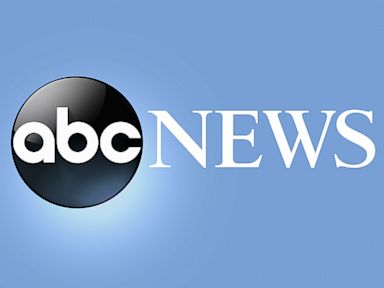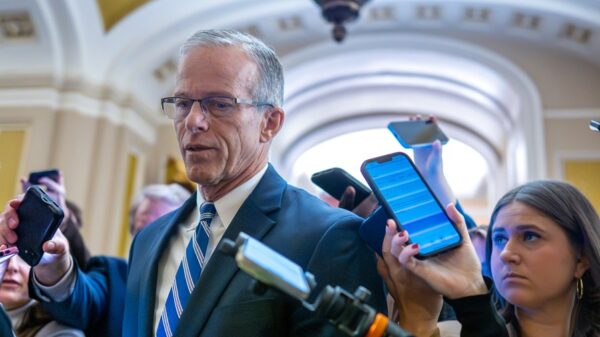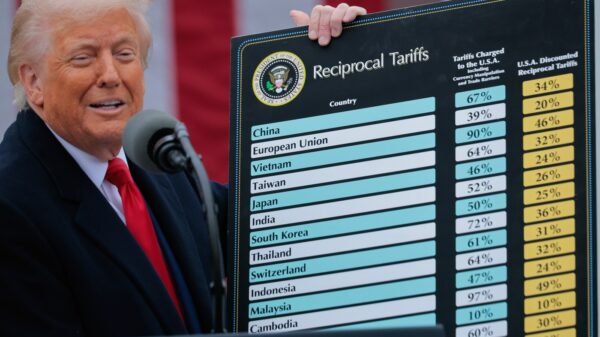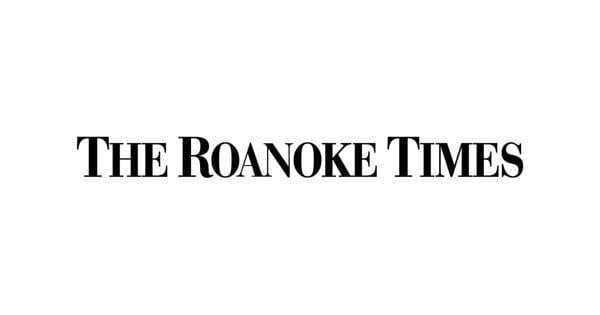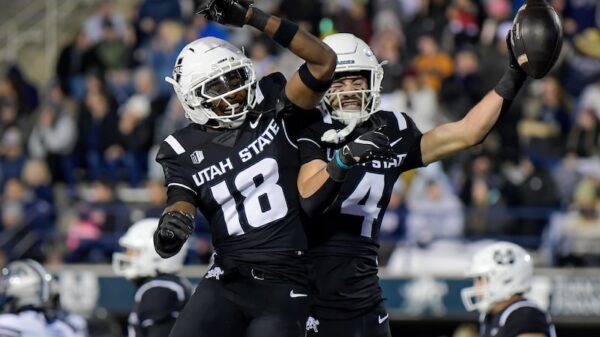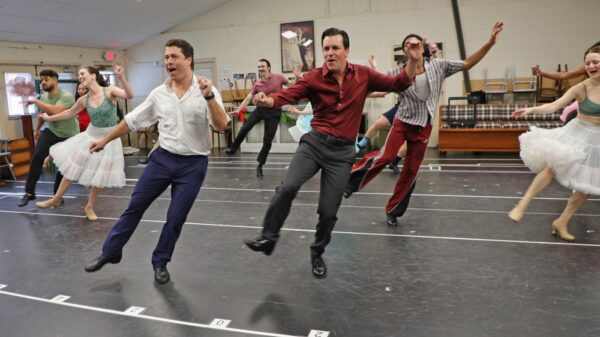The Orange County Fair demonstrated robust financial health in 2024, with a reported cash reserve of nearly $54 million. This amount nearly covers its annual operating expenses, which total $55.8 million, according to a recent audit. The Fair’s financial strategy, which includes maintaining a minimum reserve of 25%, allows it to fund construction projects without relying on external borrowing, as explained by spokeswoman Terry Moore.
While this financial cushion provides stability, it has prompted some critics to argue that the Fair is accumulating excessive funds. By contrast, many governmental agencies traditionally rely on loans for capital projects, repaying those over time. Notably, agencies like the Inland Empire Health Plan and the Los Angeles County Metropolitan Transportation Authority have reported even larger cash reserves, pointing to a trend of significant liquidity among California’s public agencies. Critics suggest these funds could be better utilized to relieve the financial burden on the public.
In response to calls for transparency, the Fair is developing a new web page aimed at enhancing public insight into its financial operations. This initiative could help clarify the rationale behind recent increases in admission and parking fees, which have raised concerns among visitors. In 2009, parking was just $5, but it has since risen to $15, contributing to a nearly 28% revenue increase from parking, which totaled $7.2 million in 2024.
Despite the rise in parking fees, admission revenue fell by almost 17%, amounting to $10.9 million. Moore explained this decline is due to a change in how admission revenue is reported. Starting in 2024, the ticket price for concerts, which includes admission to the Fair, is allocated to Attractions revenue rather than Admissions. This change coincided with an increase in the number of shows, from 30 in 2023 to 37 in 2024, leading to a significant rise in revenue from fair-time attractions, which soared by 65% to $16 million.
The Fair’s concession revenue also saw an increase of 11.6%, reaching nearly $12 million. Innovative offerings, such as the $5 Taste of Fair menu, have proven popular among attendees, while carnival revenue grew by 10.8% to $7.8 million. These figures reflect a thriving environment for both patrons and vendors at the Fair.
Operating revenue overall was up 15.6%, while operating expenses increased by 14.2%. Notably, administrative costs have overtaken maintenance expenditures, with almost 41% of the Fair’s budget now allocated to administration, compared to less than 20% in 2014. This shift underscores the growing complexity in managing such a large-scale event.
In terms of capital projects, the Fair reported a rise in ongoing projects from $25 million to $41 million. This includes significant upgrades to the administration building and improvements to campground facilities and restrooms. For a detailed look at the Fair’s future plans, including a strategic plan for 2025-2029, interested parties can visit their website for more information.
Furthermore, the Fair has been commended for its transparency by submitting its pay data to the State Controller’s office, a practice not universally adopted by other fairs in California. This year, Michele Richards, the Fair’s top executive, received total wages of $248,240 along with benefits totaling $56,378.
As the Fair continues to evolve, it remains a vital part of the Orange County community, offering a blend of entertainment, agriculture, and cultural experiences. The upcoming budget study session on November 13, 2024, will provide an opportunity for the public to engage with the Fair’s financial decisions.






